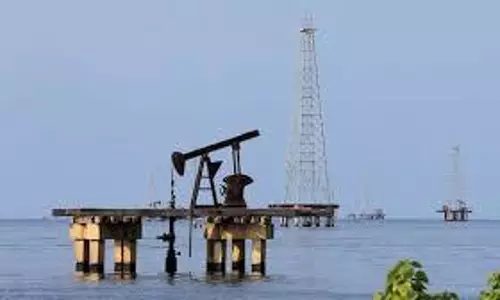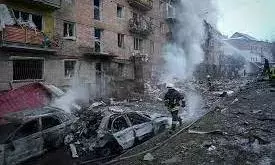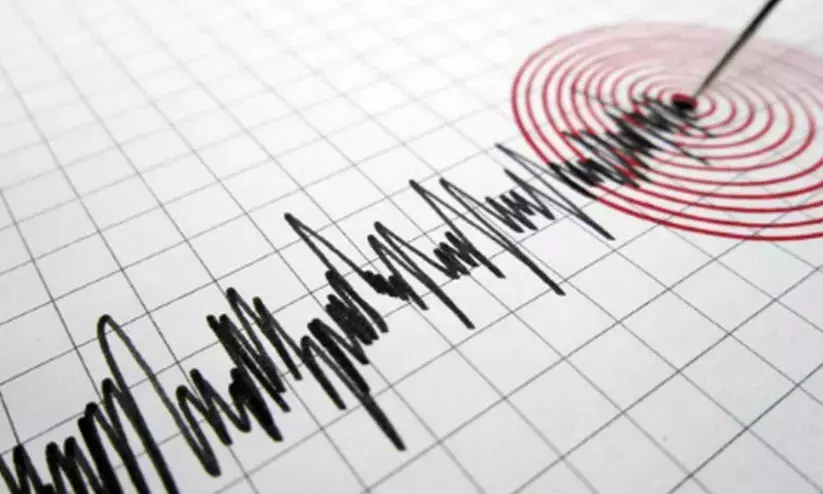
2 earthquakes! Speculations that Iran tests nuclear weapons
text_fieldsTehran: While a deadly conflict is going on between Iran and Israel, the former was hit by a powerful earthquake of magnitude 5.1 on the Richter scale on Friday. According to reports, the quake happened around 27 kilometres southwest of Semnan at a depth of 10 kilometres. The tremors were reportedly felt in Tehran and other nearby regions.
It was only five days ago that another earthquake of magnitude 2.5 hit Fordo following Israeli strikes.
The two incidents of earthquakes have given rise to speculations of Tehran testing a nuclear weapon, NDTV reported. The speculations stemmed from the fact that it struck a city with a space and missile complex, the Semnan Space Centre and the Semnan Missile Complex, operated by the Iranian military.
However, Iran is located in a region of high seismic activity, the Alpine-Himalayan seismic belt. Therefore, the country experiences frequent earthquakes, with more than 2,000 instances occurring annually. Out of these, 15 to 16 of them hit magnitudes of 5.0 or higher. An analysis of the earthquakes in the country from 2006 to 2015 showed that it was hit by 96,000 earthquakes.
US Geological Survey says that nuclear activities, particularly underground nuclear explosions, can induce earthquakes due to tectonic stress near the blast. This could be one of the basis for the speculations that Iran is testing nuclear weapons underground. However, these activities can trigger seismic events, they are typically smaller in magnitude than the explosion itself, the US earth studies agency admits. The agency also says that seismologists can distinguish natural earthquakes and underground explosion-induced ones by analyzing wave patterns, adding that nuclear explosions produce mainly P-waves.






















